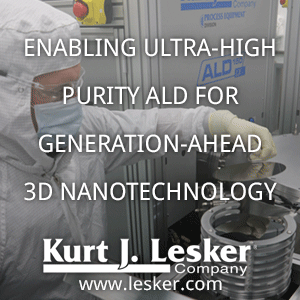On 8 September 2025, the European Commission adopted a Delegated Regulation updating the EU’s dual-use export control list (Annex I of Regulation (EU) 2021/821). The update aligns EU rules with commitments made in 2024 under the Wassenaar Arrangement, MTCR, Australia Group, and the Nuclear Suppliers Group, ensuring a uniform application of newly agreed controls across all Member States. The move reflects the EU’s broader strategy outlined in the 2024 White Paper on Export Controls, strengthening oversight of sensitive technologies while maintaining competitiveness and a level playing field for European industry.
The updated list introduces new controls on a range of emerging technologies. These include quantum technologies such as cryogenic components and amplifiers, advanced semiconductor manufacturing and testing equipment — notably Atomic Layer Deposition tools, epitaxial deposition systems, and EUV lithography materials — as well as high-performance computing circuits, additive manufacturing systems, peptide synthesisers, and specialized high-temperature coatings. The Delegated Regulation will enter into force following the standard two-month scrutiny period by the European Parliament and Council, reinforcing the EU’s role in safeguarding security and international stability through effective export controls.
Specifically, this update of the EU control list provides for the addition of new dual-use items, including:
- Controls related to quantum technology (e.g. quantum computers, electronic components designed to work at cryogenic temperatures, parametric signal amplifiers, cryogenic cooling systems, cryogenic wafer probers);
- Semiconductor manufacturing and testing equipment and materials (e.g. Atomic Layer Deposition equipment, equipment and materials for epitaxial deposition, lithography equipment, Extreme Ultra-Violet pellicles, masks and reticles, Scanning Electron Microscope equipment, etching equipment);
- Advanced computing integrated circuits and electronic assemblies such as Field Programmable Logic Devices and Systems;
- Coatings for high temperature applications;
- Additive manufacturing machines and related materials (e.g. inoculants for powders);
- Peptide synthesisers, and;
- Modification of certain control parameters and update of certain technical definitions and descriptions.
Delegated Regulation
Comprehensive Change Note Summary – Update 2025: An overview of changes to the EU Dual-Use Control List across the 10 categories of Annex I



%20(1).png)

No comments:
Post a Comment